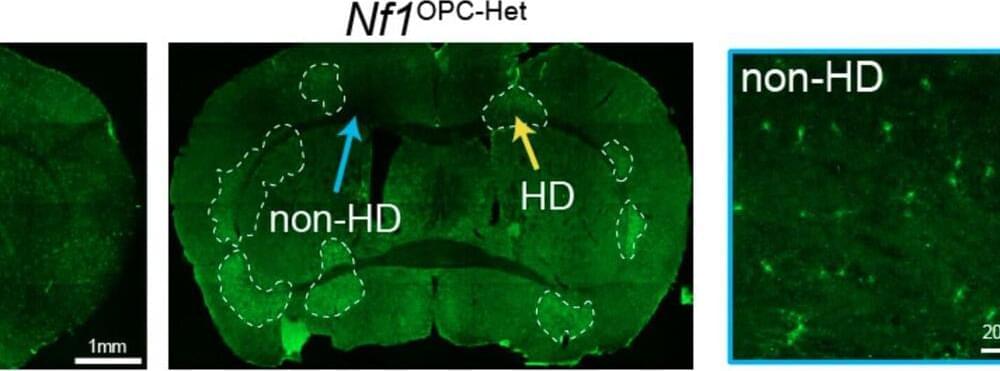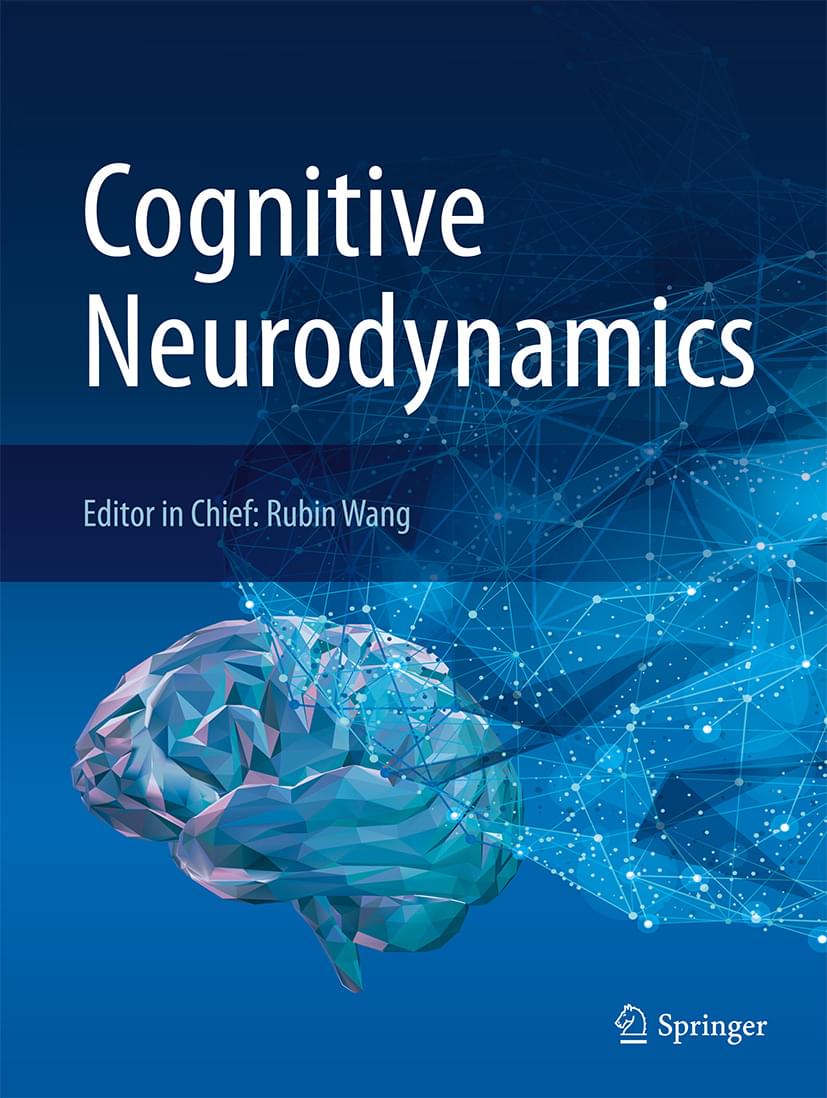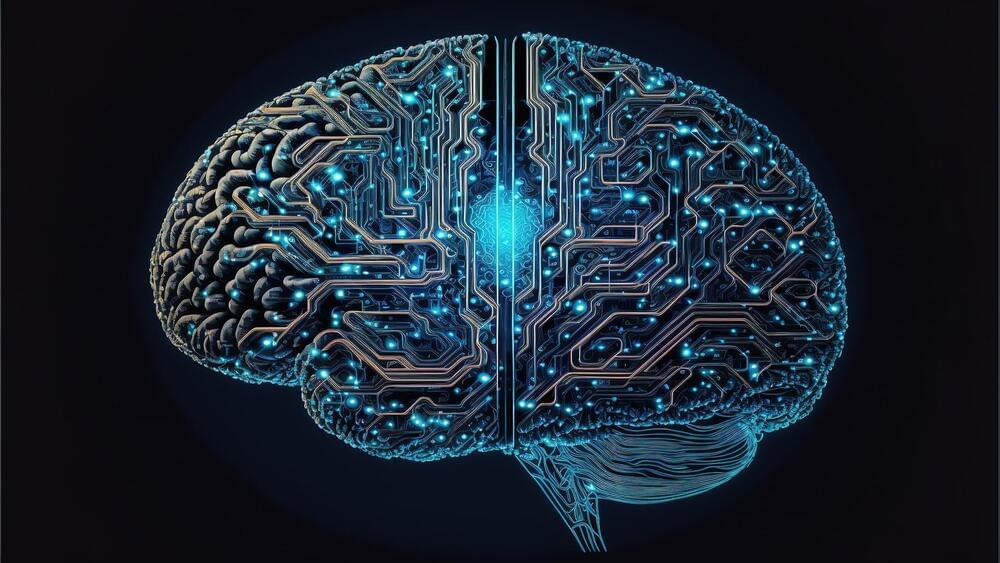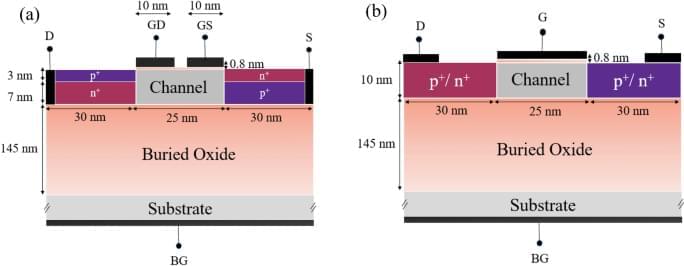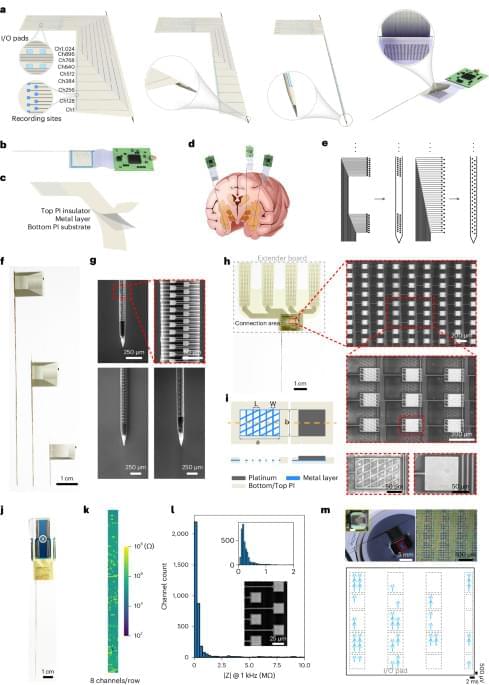
Memristive devices with both electrically and optically induced synaptic dynamic behaviors will be crucial to the accomplishment of brain-inspired neuromorphic computing systems, in which the resistive materials and device architectures are two of the most important cornerstones, but still under challenge. Herein, kuramite Cu3SnS4 is newly introduced into poly-methacrylate as the switching medium to construct memristive devices, and the expected high-performance bio-mimicry of diverse optoelectronic synaptic plasticity is demonstrated. In addition to the excellent basic performances, such as stable bipolar resistive switching with On/Off ratio of ∼486, Set/Reset voltage of ∼-0.88/+0.96 V, and good retention feature of up to 104 s, the new designs of memristors possess not only the multi-level controllable resistive-switching memory property but also the capability of mimicking optoelectronic synaptic plasticity, including electrically and visible/near-infrared light-induced excitatory postsynaptic currents, short-/long-term memory, spike-timing-dependent plasticity, long-term plasticity/depression, short-term plasticity, paired-pulse facilitation, and “learning-forgetting-learning” behavior as well. Predictably, as a new class of switching medium material, such proposed kuramite-based artificial optoelectronic synaptic device has great potential to be applied to construct neuromorphic architectures in simulating human brain functions.
© 2023 Author(s). Published under an exclusive license by AIP Publishing.
PubMed Disclaimer

